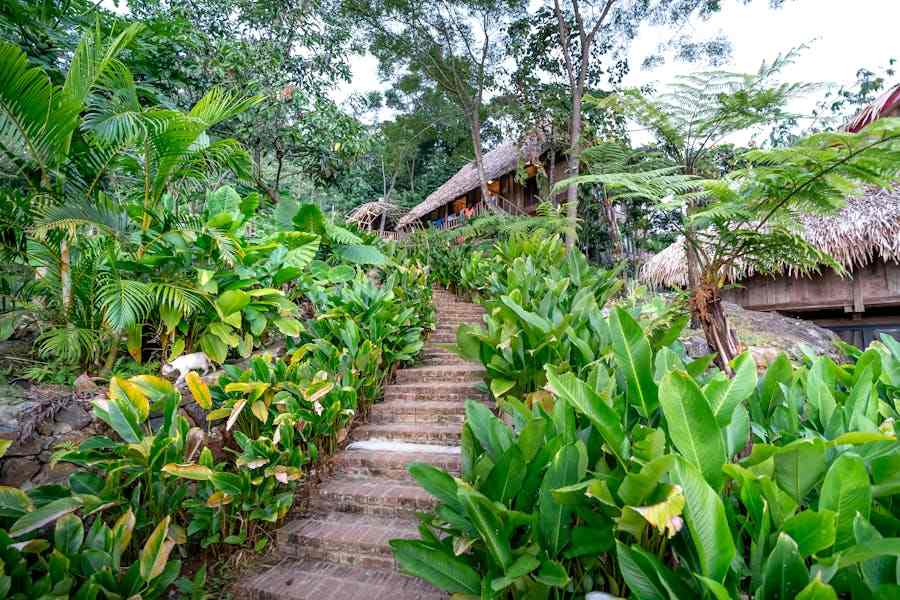
Chill peppers are the fruit of plants that belong to the Capsicum genus. With some of the most common species including habanero and jalapeño peppers, you may be shocked to find out some spicy facts about the peppers that add so much pizzazz to recipes.
The hottest peppers include Carolina reapers and ghost peppers. Many of the hot pepper plants, while native to Mexico, are cultivated in various warm-weather areas of the world, including America, the Caribbean, and Africa.
How Hot Are They?
There’s an abundance of chill pepper plants that include both sweet and hot peppers. Other hot peppers include Scotch bonnets, cayenne, aji, and serrano. Sweet peppers include Anaheim peppers, poblanos, Hungarian sweets, and bell peppers.
Growing And Caring For Your Chili Pepper Plant
A chill pepper plant is low-maintenance, as long as it receives proper conditions. Just make sure to bear in mind the following factors as you learn how to cultivate chili peppers.
Climate
If you’re a gardener living in a USDA hardiness zone eight or above, you can directly sow pepper seeds after the last frost, when there’s dry soil and warm ground temperatures. You can start a plant germination indoors, however, before the start of the growing season.
Light
In order to thrive, a chill pepper plant needs full sun. So make sure you have it sitting in a place in your garden where it can get between six and eight hours of sunlight each day.
Water
Also make sure to give your plant an inch of water every week to keep it watered sufficiently. If it’s drought-stressed, it will wilt and its leaves will drop. If you reside in an arid region, place one layer of mulch around the plant’s base to help it retain moisture.
Soil
A chill pepper plant needs well-drained soil with plenty of organic matter. Soil that isn’t overly fertilized often produces hotter peppers.
Temperature
Ideally, the temperature would be from 70 to 90 degrees Fahrenheit. Any hotter or colder temperatures could see the plant wilting and affecting the production of peppers.
Pests
Aging pepper plants can be infected by pests. These pests often give incurable diseases to the plant. Apply neem oil or another natural insecticide to the plant’s base in order to deter any pests. If you spot an infestation of them, you’ll need to destroy your plant so that it doesn’t spread diseases to pepper plants nearby.
Harvest
Use sharp gardening shears or just scissors to cut off peppers. Make sure not to pull them off of the stems, however, as it can cause damage to the plant. Peppers will go on maturing once they’ve harvested. If you want them as hot as possible, harvest peppers when they’ve grown to an edible size but have yet to fully ripen.
Fertilize
A pepper plant doesn’t need to be fertilized. However, it can help to apply a balanced, organic fertilizer when the growing season gets underway, as well as when the plant begins flowering. Make sure not to overfeed a pepper plant, as it can become unproductive and bushy from too many nutrients.








